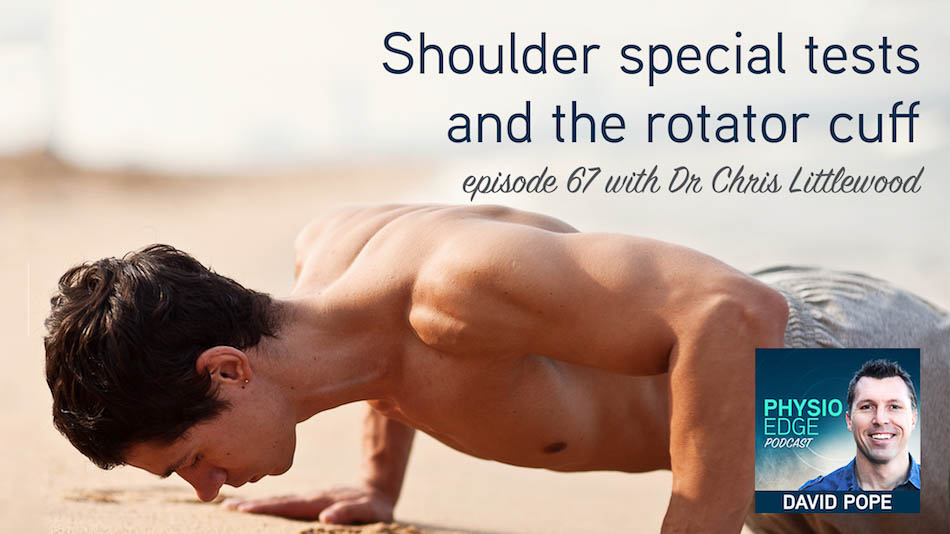
Shoulder pain can involve the rotator cuff, scapula, cervical spine, thorax, and other structures in this area. Recent research has also explored the role of patient beliefs and expectations on the outcomes of Physiotherapy for shoulder pain. Which factors are important in your shoulder pain patients? Can we identify the contributing factors to your patients shoulder pain? What information will you get from orthopaedic special tests during a shoulder examination? How can you improve your treatment results with your patient education?
In this episode of the Physio Edge podcast, Dr Chris Littlewood and David Pope discuss shoulder pain, including:
- Classification of shoulder pathology
- How to identify painful vs stiff vs unstable shoulder pain vs cervical spine referred pain
- Questions to ask in your subjective assessment
- Does subacromial impingement exist, and how does a diagnosis of subacromial impingement effect outcomes
- Patient expectations of treatment outcomes
- How to perform an objective assessment
- What information special tests provide
- Is scapular dyskinesis pathological or normal movement variation
- Are painful or non-painful exercises most helipful in chronic shoulder pain
- What role does imaging have in shoulder pain
This podcast adds to Physio Edge podcast 47 - Rotator cuff tendinopathy with Dr Chris Littlewood .



